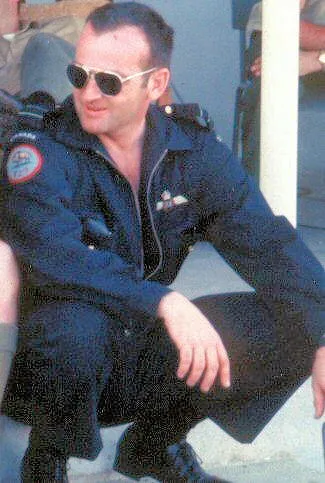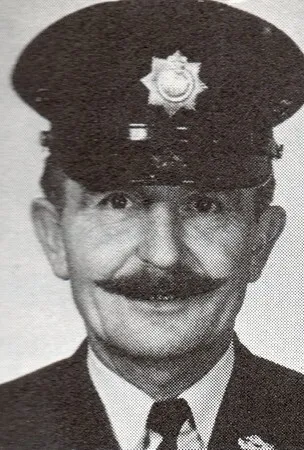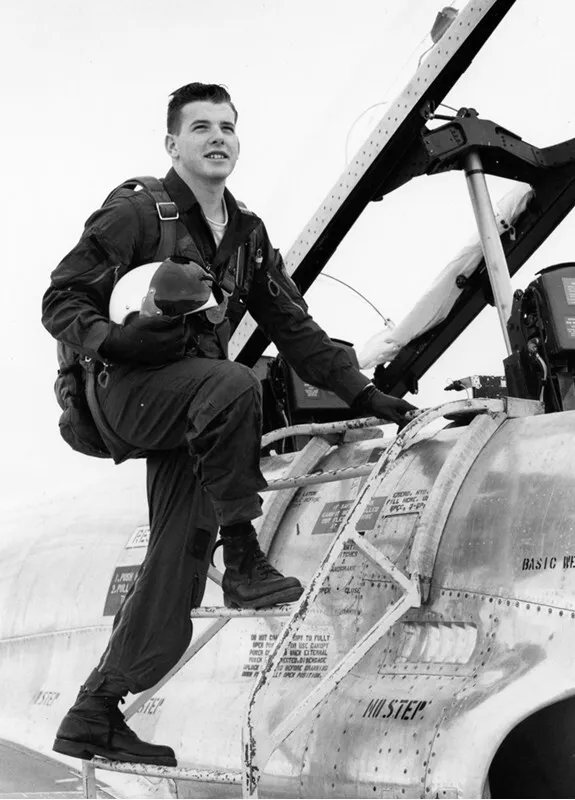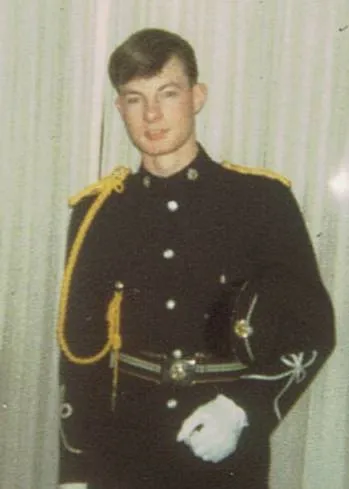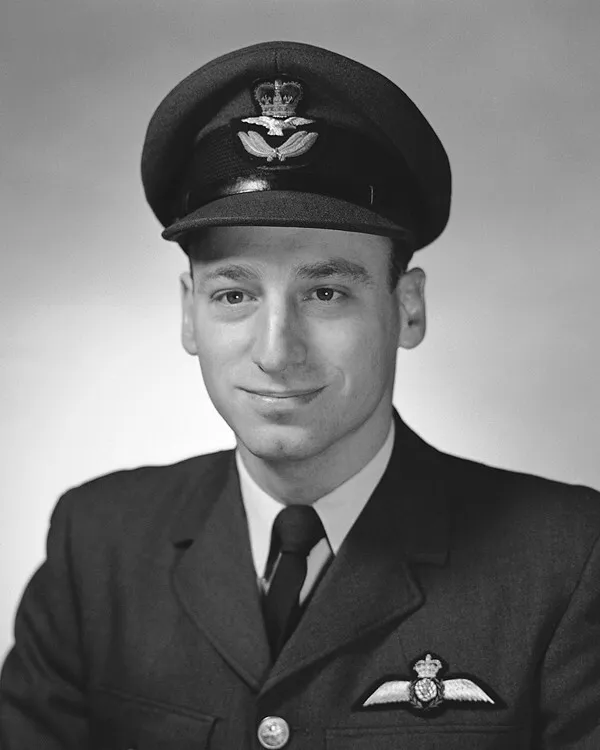Stringer, Bruce Kenneth (Corporal)
Killed in Action 1974-August-09


Birth Date: 1950-September-24
Born: Kitchener, Ontario
Parents:
Spouse:
Home: Kitchener, Ontario
Enlistment:
Enlistment Date: 1968-December-12
Service
CAF70
Unit
116 ATU- Air Transport Unit (UN)
Base
Rank
Corporal
Position
Loadmaster
Service Numbers
Home
Crew or Other Personnel
Buffalo 9461
Buffalo serial: 9461

de Havilland Canada CC-115 Buffalo (Serial No. 15456).
The Buffalo is a short takeoff and landing (STOL) utility transport turboprop aircraft developed from the earlier piston-powered DHC-4 Caribou. The aircraft has extraordinary STOL performance and is able to take off in distances much shorter than most light aircraft can manage.
The Buffalo arose from a 1962 US Army requirement for a STOL transport capable of carrying the same payload as the CH-47A Chinook helicopter. DHC based its design to meet the requirement on an enlarged version of its DHC-4 Caribou, already in large-scale service with the US Army, to be powered by General Electric T64 turboprops. The Buffalo was chosen as the winner of the US Army competition in early 1963, with four DHC-5s, designated YAC-2 (later CV-7A and subsequently C-8A) ordered. The first of these aircraft made its maiden flight on 9 April 1964. All four aircraft were delivered in 1965, the Buffalo carrying nearly twice the payload as the Caribou while having better STOL performance.
Company data claims a takeoff distance over a 50 ft (15 m) obstacle of 1,210 ft (369 m) at 41,000 lb (18,597 kg) and a landing distance of over a 50 ft (15 m) obstacle of 980 ft (299 m) at 39,100 lb (17,735 kg) for the DHC-5A model. A production DHC-5D Buffalo was used for breaking time-to-height records for the weight category 12,000-16,000 kg (26,430-35,242 lb) on 16 February 1976, reaching 3,000 m (9,836 ft) in 2 min 12.75 sec, 6,000 m (19,672 ft) in 4 min 27.5 sec and 9,000 m (29,508 ft) in 8 min 3.5 sec.
The RCAF first acquired 15 DHC-5A designated as CC-115 for tactical transports. These were initially operated at CFB St Hubert, QC by 429 Squadron in a tactical aviation role as part of Mobile Command. In 1970, the Buffalo aircraft were transferred to a transport and rescue role with 442 Squadron, 413 Squadron, 424 Squadron as part of Transport Command. 426 Squadron also flew the aircraft for training. Some were leased back or loaned back to the factory for trials and eventually returned to military service.
Three of the aircraft were also deployed on UN missions to the Middle East with 116 Transport Unit until 1979. They had a white paint scheme which was retained while they were serving in domestic transport with 424 Sqn in between deployments. On 9 August 1974, CF CC-115 Buffalo (Serial No. 115461) was shot down by a Syrian surface-to-air missile, killing all nine CF personnel on board. This represents the single biggest loss of Canadian lives on a UN mission as well as the most recent Canadian military aircraft to be shot down.
In 1975, the Buffalo dropped its tactical transport role and was converted to domestic search and rescue, except for a few that kept serving on UN missions. The initial paint scheme for the SAR converted aircraft was white and red while others still had the original drab paint. The previous drab paint and white paint were eventually replaced with the distinctive yellow and red scheme commonly seen today. The number of aircraft have been reduced to eight, with six on active service, one in storage (recently dismantled) and one used for battle damage training. The remaining operational Buffalos operate in the Search and Rescue (SAR) role for 442 Squadron at CFB Comox, British Columbia. Air Command was renamed the Royal Canadian Air Force (RCAF) in 2011, meaning the CC-115 has served with the RCAF, Air Command and now the RCAF once again. The Buffalo was replaced by the Lockheed CC-130 Hercules aircraft at search and rescue bases in CFB Greenwood, Nova Scotia and CFB Trenton, Ontario. In 2016, the Department of Defense awarded Airbus a contract for 16 C-295s with delivery scheduled to begin in 2019 and running through 2022. Production of the DHC-5A ended in 1972 after sales to Brazil and Peru but restarted with the DHC-5D model in 1974. This variant sold to several overseas air forces beginning with Egypt. Production of the DHC-5D ended in December 1986. Harold Skaarup web page with revisions
![]() Wikipedia de Havilland Buffalo
Wikipedia de Havilland Buffalo
